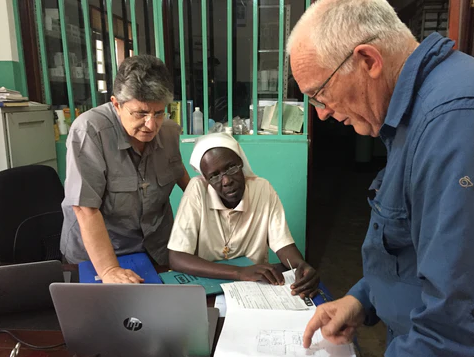
A philanthropic investment proposal
Investors want their funds to obtain a good rate of return on their initial investment. In the same way, leading philanthropists, such as the Bill and Melinda Gates Foundation, view their granting giving as a strategic investment. The Foundation wants their investment to produce significant outcomes that can achieve results that are measurable and can be evaluated.
The following proposal adopts this outcome investing approach. It is an approach that is focused on results in how the philanthropic project is designed and managed. However, to identify an outcome requires an appreciation of the wider context for the development intervention and a logical explanation of how specific activities produce the identified outcome.
Measuring outcomes
The measurement of intermediate outcome of the project will focus on the before and after the operation of the new facilities. Data will be collected on four variables: (1) the numbers of women who come to the hospital for treatment related to their pregnancy, child birth or the aftermath each quarter, (2) the type of adverse health condition presented, (3) the type of treatment received and (4) the results of the treatment received. The other intermediate outcome measured will be the number of infants under one year old and children under five years of age who have received treatment at the hospital each quarter, the type of treatment and the results of the treatment.
In terms of the primary outcome, the goal is to lower substantially the maternal mortality rate for the administrative area where the hospital is located of approximately 80,000 population below the estimated national rate for 2015 of 789 deaths per 100,000 live births.
The primary outcome also includes reducing substantially the infant mortality and the under five child mortality rates for the local administrative area compared with the 2016 national rates of 59 and 91 per 1,000 live births respectively.
Evaluation
The aim of the proposed evaluation approach is to understand and strengthen program effectiveness. It is proposed to do this by identifying the elements of service delivery that are having the largest impact. The main method for collecting relevant data for this evaluation purpose is to record improvements to service delivery so that their effect on the quantity and quality of service delivery can be gauged. These improvements to service delivery could include the following: new staff members, additional training for existing staff members, new equipment, new or more medicines, new processes for treating patients, use of more or better prevention measures in the source communities.
Simple data collection templates will be developed for use on low cost Android tablets.
DEVELOPMENT FLOOR PLANS


















